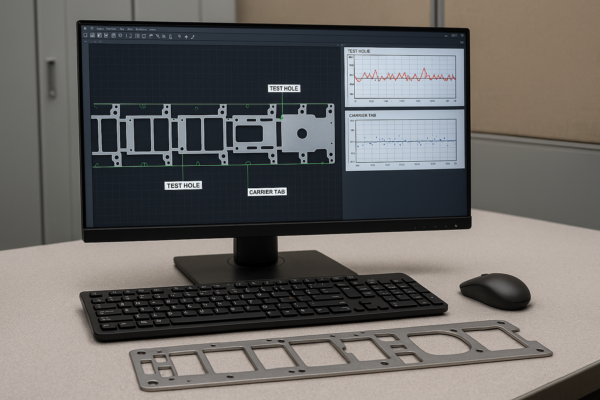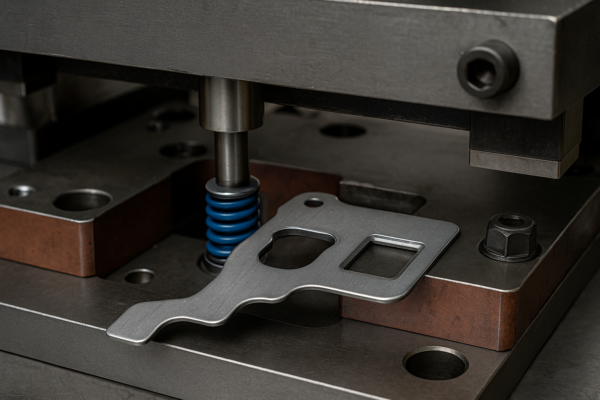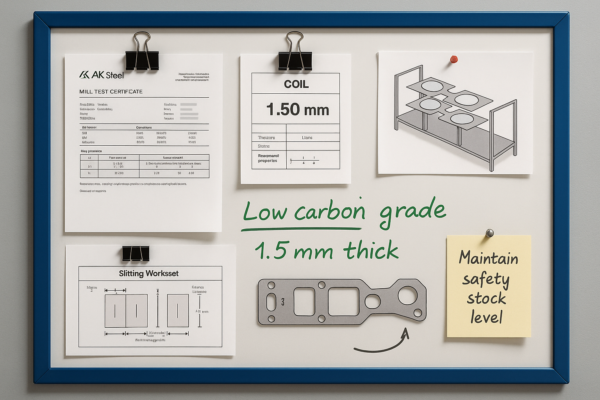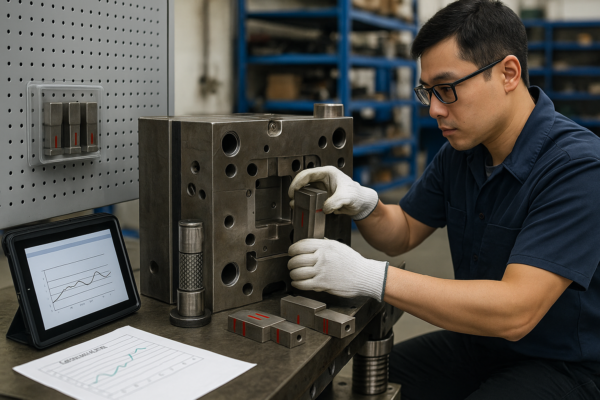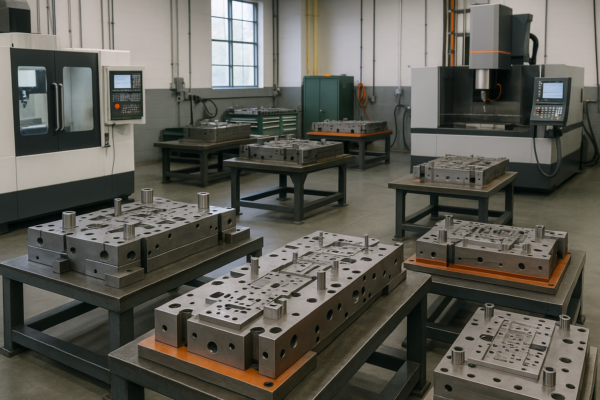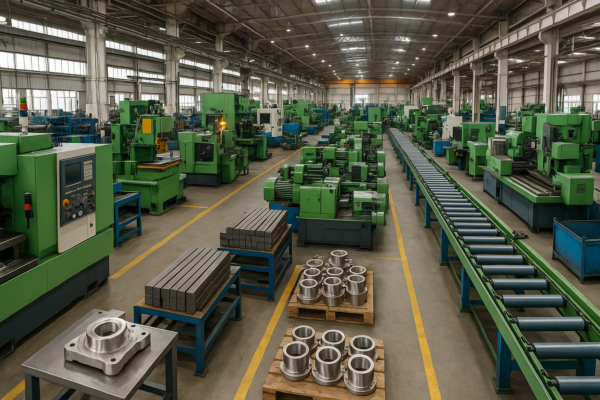What welder is best for sheet metal?
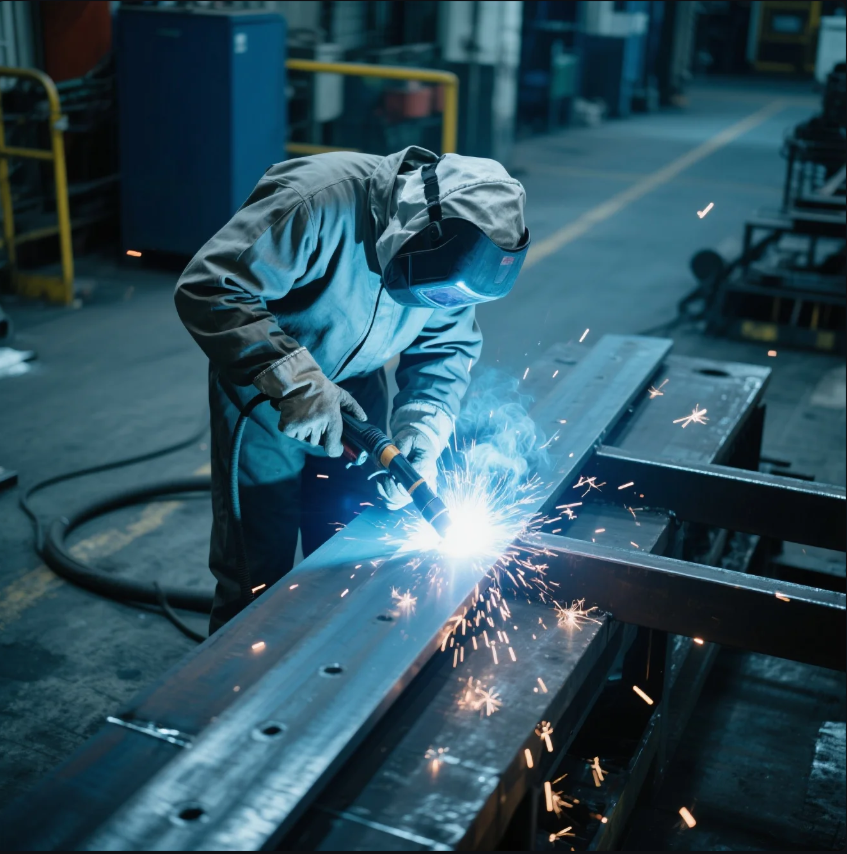
Choosing the wrong welder can ruin your entire metal part.
TIG welding is the best choice for thin sheet metal due to its precision and control. MIG is faster for thicker sheets but can cause distortion if misused.
At Prime, we match the welding method to your material, thickness, and tolerance needs—because welding isn’t one-size-fits-all.
What is the best kind of welding for sheet metal?
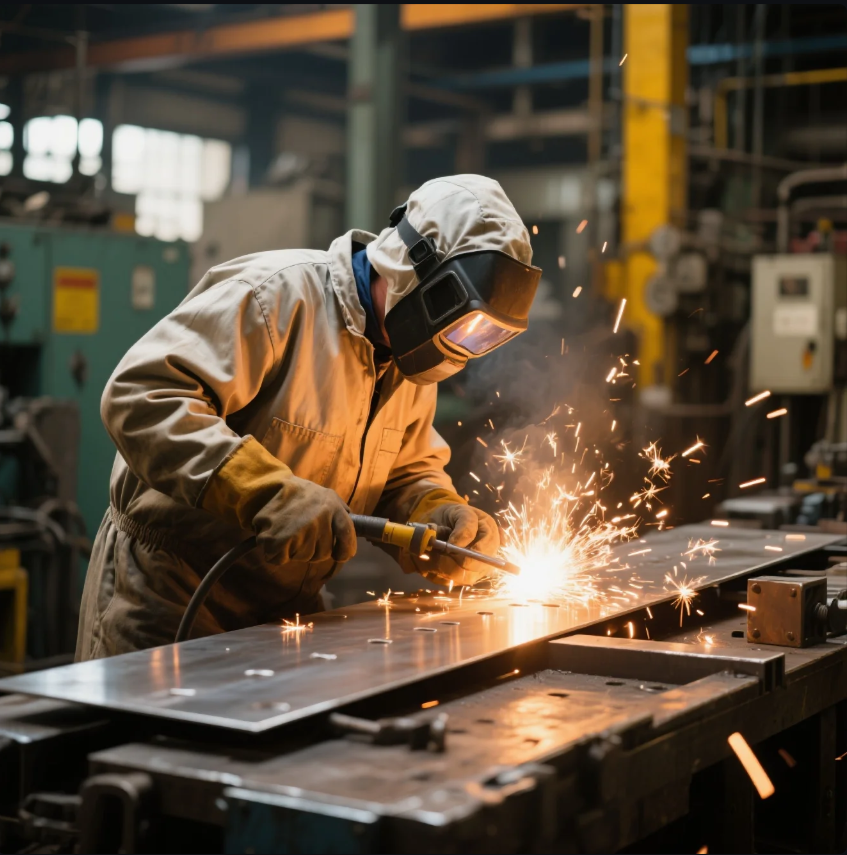
Thin sheets need control—not brute force.
TIG welding provides clean, precise welds with low heat, perfect for stainless steel and aluminum sheets.
At Prime, we use TIG for precision brackets, enclosures, and stainless housings, especially when appearance and strength matter.
Welding Options for Sheet Metal
| Method | Best Use Case | Pros |
|---|---|---|
| TIG | Thin gauge, clean welds | Precision, minimal spatter |
| MIG | Medium thickness parts | Fast, easier to learn |
| Spot Weld | Overlapping flanges | Efficient for high-volume runs |
TIG is slower but safer for fragile edges. MIG is faster but needs tight control to avoid burn-through.
What is the best welder for body sheet metal?
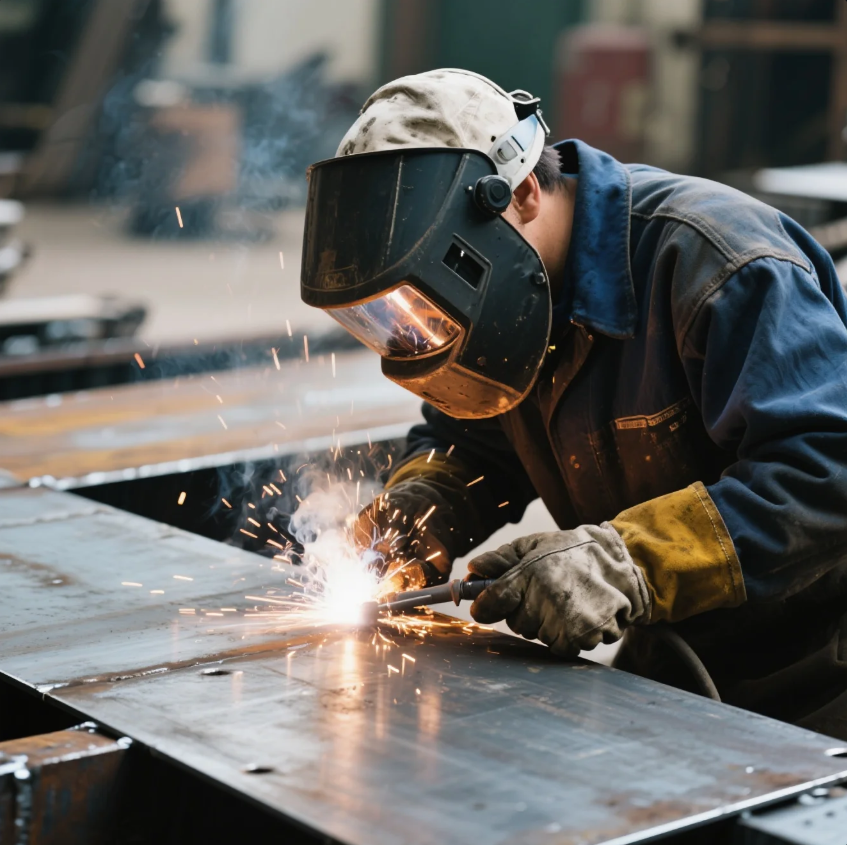
Automotive sheet metal can warp easily with too much heat.
MIG welders are best for automotive body repair, especially when paired with thin wire and low settings.
At Prime, we use both MIG and TIG depending on material type and joint structure. For car body panels, MIG offers speed with minimal distortion—if used properly.
Body Panel Welding Tips
| Factor | Why It Matters |
|---|---|
| Wire Thickness | Thinner wire gives finer welds |
| Shielding Gas | Argon or mixed gas prevents porosity |
| Heat Control | Low amps prevent warping and burnouts |
| Weld Type | Stitch welds reduce heat concentration |
We often combine MIG for structure and TIG for final cosmetic welds when finish matters most.
Is TIG or MIG better for sheet metal?
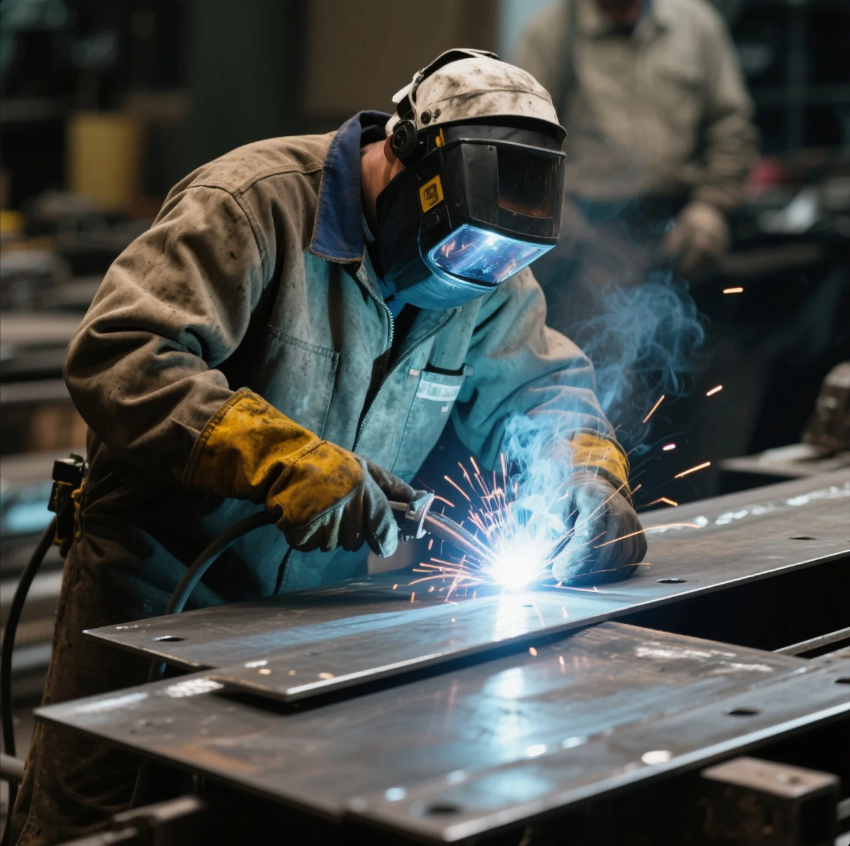
The debate depends on your goal—looks or speed?
TIG is better for thin, aesthetic, or complex parts. MIG is better for faster throughput on medium-thickness material.
At Prime, we let part design dictate the welding style. If you’re buying ISO-certified CNC brackets or metal enclosures, we use TIG for clean joints and MIG for cost-effective speed.
TIG vs MIG Comparison
| Feature | TIG Welding | MIG Welding |
|---|---|---|
| Heat Control | Very precise | Less precise |
| Weld Appearance | Smooth, clean, professional | Slightly rougher, more spatter |
| Skill Needed | Higher | Moderate |
| Speed | Slower | Faster |
Our engineers review every drawing and advise the best welding method—saving you rework, cost, and stress.
Are sheet metal workers welders?
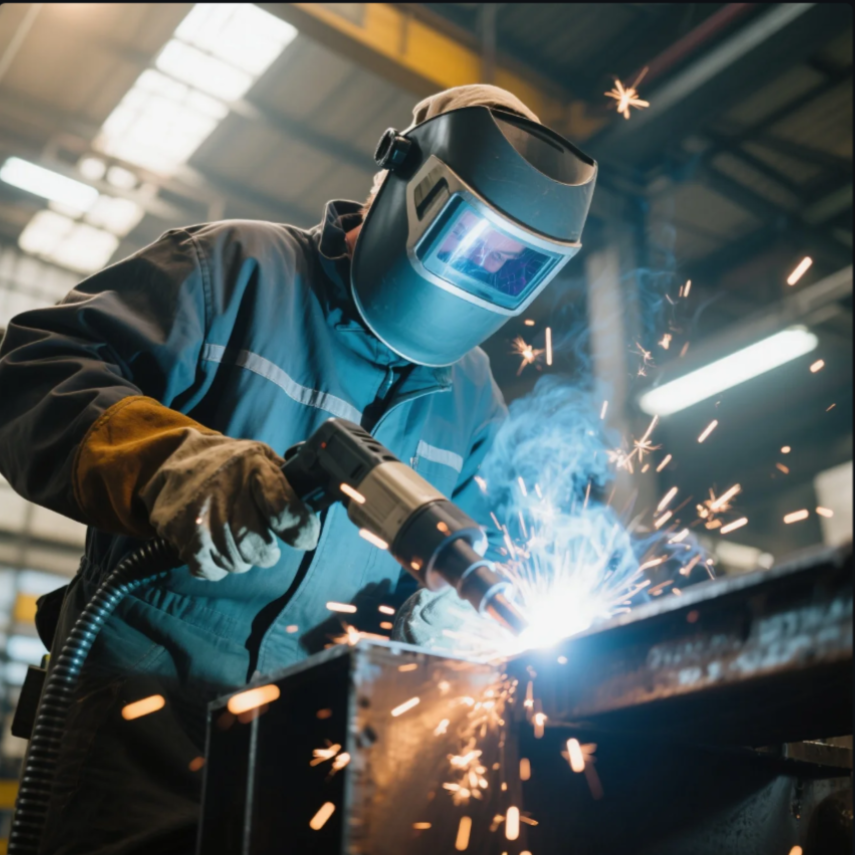
Not always—but many are trained in both.
Sheet metal workers fabricate and shape metal sheets. Some also weld as part of their job, especially in custom fabrication.
At Prime, our sheet metal team includes trained welders for TIG, MIG, and spot processes. That’s how we handle full assemblies, not just flat parts.
Sheet Metal Worker vs. Welder
| Role | Key Focus |
|---|---|
| Sheet Metal Worker | Cutting, forming, fitting |
| Welder | Joining components using heat/filler |
Combining both skills reduces outsourcing, improves quality, and speeds up lead times.
Conclusion
TIG welding is best for clean, precise sheet metal work—MIG is faster for thicker parts.
Need help choosing the right welding method for your next project? Prime delivers custom-welded sheet metal assemblies with ISO-certified quality and process control. Contact us today for a free consultation and detailed quote on your fabrication needs.

